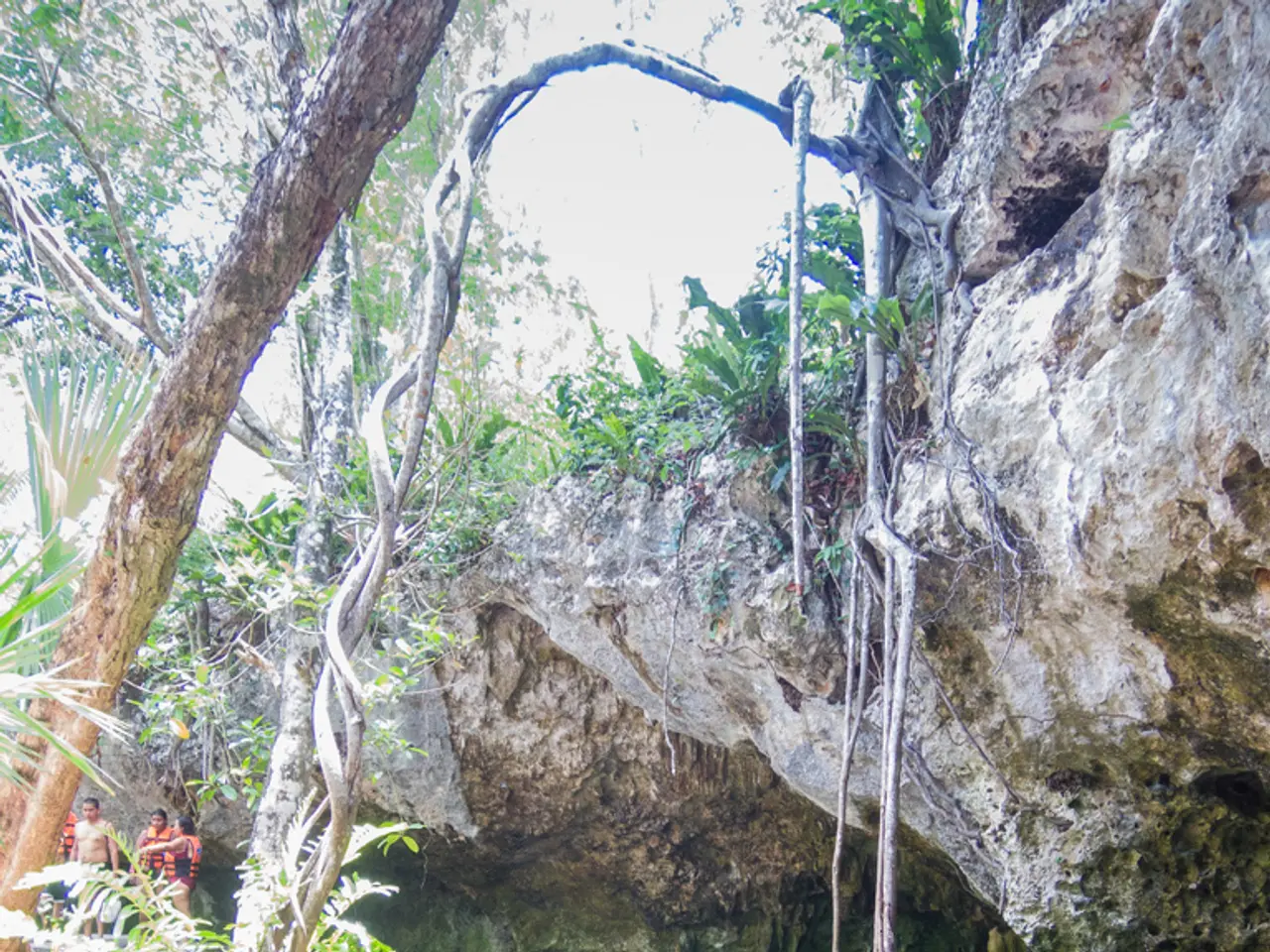Flooding a concern for you? I, an insurance specialist, offer guidance on where to secure flood coverage.
In the face of increasing flood risks across the United States, understanding the differences between National Flood Insurance Program (NFIP) policies and private flood insurance policies is crucial for homeowners and property owners.
### Coverage Differences
One of the primary distinctions lies in the coverage limits. NFIP policies cap building coverage at $250,000 and personal property coverage at $100,000, which may be insufficient for higher-value homes. In contrast, private policies often provide higher coverage limits, such as $500,000 for building and $250,000 for contents, catering to more expensive properties.
While both policies generally cover structural damage, electrical/plumbing systems, appliances, foundations, HVAC systems, detached garages, and similar items, there are differences in the scope of coverage. NFIP typically excludes coverage for additional living expenses (ALE) such as temporary housing, and basement contents unless separately purchased. Detached structures may also be uncovered or require separate policies. Private flood insurance often includes broader and customizable coverage, sometimes covering ALE and offering more comprehensive protection for outbuildings and basement contents.
### Cost Differences
The average annual premiums for NFIP are around $888–$899, while private flood insurance averages $1,074–$1,200+. However, private insurance is often a better value for higher coverage levels since it provides significantly more protection. State variations also play a role in the cost of NFIP premiums, with Florida averaging $958 and Louisiana $1,247 in 2025, while private insurers may price more granularly based on risk, often cheaper in low-risk areas.
### Claims Handling and Payouts
NFIP claims may have longer wait times (adjuster appointment weeks after disaster), and content payouts are typically based on actual cash value (depreciated). Private insurers, on the other hand, tend to assign adjusters faster (often days), use technology for quicker inspections, pay replacement cost on contents, and have a faster, more flexible appeals process. Real-world examples show private insurance resolving claims in about 14 days vs. 89 days for NFIP, with higher payout amounts and less out-of-pocket loss for policyholders under private plans.
### Making an Informed Decision
It's essential to note that no one who has a basic homeowners insurance policy has coverage for damage caused by flooding. Flood insurance is something you have to purchase separately, either from FEMA (through the NFIP) or from a private insurance company. Given the complexities involved, it's better to let a licensed agent or broker guide you through the process of purchasing flood insurance to ensure you get the coverage you want.
In conclusion, NFIP policies are generally more affordable for basic, government-backed flood coverage but have lower limits and less comprehensive coverage. Private flood insurance tends to cost more but offers higher coverage limits, broader protection (including additional living expenses), and faster claims processing, making it preferable for higher-value homes or those seeking enhanced coverage options. It's recommended to consider getting flood insurance if one lives in an area that could flood but does not have flood insurance, as flood insurance can be as inexpensive as $100 per year, but the cost may vary depending on the amount of coverage and the property's exposure.
In terms of personal finance, private flood insurance policies might be a better option for homeowners and property owners who own higher-value properties, as they provide higher coverage limits, catering to more expensive properties compared to National Flood Insurance Program (NFIP) policies. However, private insurance tends to cost more than NFIP, with average annual premiums ranging from $1,074 to over $1,200, while NFIP average premiums are around $888-899. When considering flood insurance as part of personal-finance planning, it's essential to weigh the costs, coverage limits, and services offered by both options to ensure the most suitable choice for individual needs.




